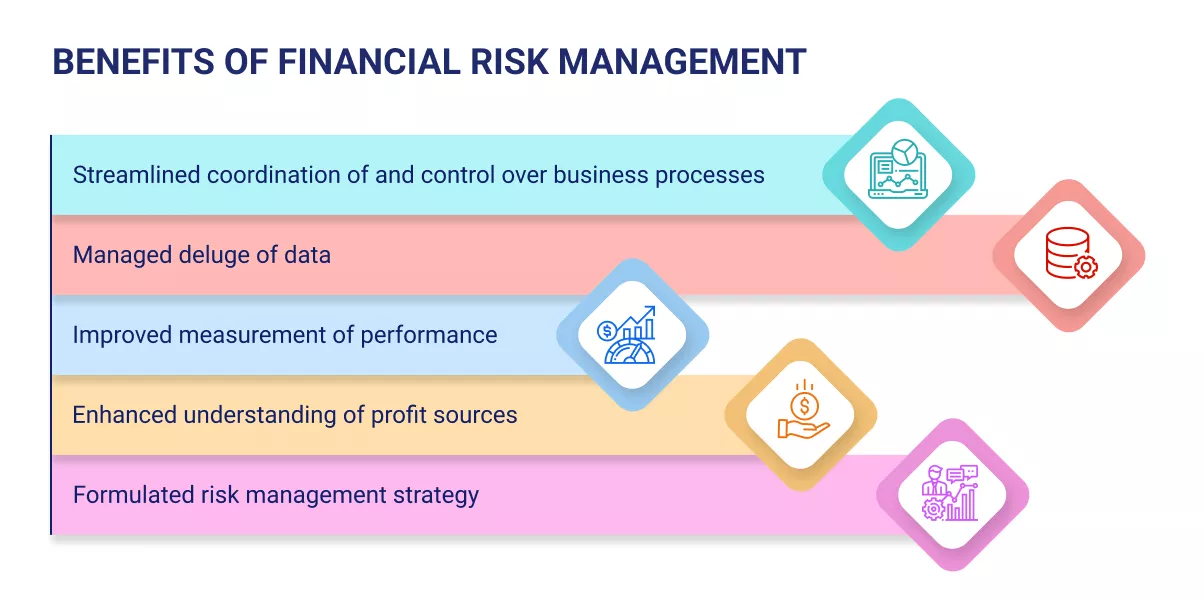The Effect of the Importance of Risk Management on Business Governance
The Effect of the Importance of Risk Management on Business Governance
Blog Article
Discovering the Significance of Risk Management for Effective Decision-Making Techniques
In the detailed world of organization, Risk Management becomes a crucial aspect in the decision-making procedure. The ability to determine possible threats and chances, and plan as necessary, can spell the distinction in between success and failure. With tools such as SWOT and PESTEL, organizations are outfitted to make informed selections, fostering durability and flexibility in an ever-changing setting. Wondering how this works? Let's unload the dynamics better.
Understanding the Concept of Risk Management
Risk Management, a crucial part in decision-making, is typically misunderstood or oversimplified. Risk Management involves regimented and organized methods, making use of data and insightful assessments. From monetary unpredictabilities, legal responsibilities, calculated Management mistakes, to accidents and all-natural calamities, it attends to different dangers - importance of risk management.
The Role of Risk Management in Decision-Making Processes
In the world of strategic planning and service procedures, Risk Management plays an indispensable role in decision-making procedures. It aids in determining possible threats and uncertainties that might impact the success of company goals. By mapping these threats, firms can formulate strategies to reduce their effect, guaranteeing organization continuity and stability. Risk Management thus becomes an important tool in decision-making, aiding leaders to make educated options based on a thorough understanding of the risks entailed. It encourages a positive method, enabling organizations to prepare and prepare for for possible future scenarios. This significantly reduces the possibility of adverse effects, advertising extra reliable and reliable decision-making techniques. Risk Management offers as an essential element in the decision-making processes of any company.

Exactly How Risk Management Improves Strategic Planning
In the context of tactical preparation, Risk Management plays a crucial function. Launching with the identification of potential threats, it further reaches the implementation of Risk mitigation measures. The duty of Risk Management is vibrant however not fixed, as it requires constant surveillance and adjusting of methods.
Identifying Prospective Threats
Carrying Out Risk Reduction
Having actually developed the relevance of recognizing possible threats, the following action is to check out Risk mitigation. This process involves developing and implementing strategies to manage recognized threats properly. It is a critical element of tactical planning as it improves decision-making by decreasing potential negative end results. Risk reduction approaches can range from Risk avoidance, Risk transfer, to take the chance of decrease. Each strategy must be customized to the certain Risk, considering its prospective impact and the organization's Risk tolerance. Effective Risk reduction calls for a deep understanding of the Risk landscape and the potential influence of each Risk. This understanding allows organizations to prioritize risks and assign resources efficiently, ensuring that one of the most considerable threats are resolved first.
Monitoring and Changing Strategies
Though Risk reduction is a critical step in tactical planning, constant tracking and modification of these techniques is similarly important. It likewise provides a chance to assess the success of the Risk Management steps, enabling modifications to be made where necessary, additional improving calculated preparation. Surveillance and readjusting Risk Management strategies is a critical element for improving an organization's strength and calculated planning.
Situation Studies: Successful Risk Management and Decision-Making
In the world of organization and financing, effective Risk Management and decision-making often offer as the columns of thriving ventures. These cases highlight the value of sharp Risk Management in decision-making procedures. These situations emphasize the crucial duty of Risk Management in calculated decision-making.
Devices and Techniques for Efficient Risk Management
Browsing the intricate labyrinth of Risk Management requires the best collection of devices and techniques. These devices, such as Risk registers and heat maps, aid in recognizing and assessing prospective risks. Strategies consist of both quantitative techniques, like sensitivity analysis, and qualitative approaches, such as SWOT analysis. These aid in prioritizing dangers based upon find here their prospective impact and probability. Risk reaction techniques, a key component of Risk Management, include approving, staying clear of, moving, or mitigating risks. Surveillance and controlling risks, through regular audits and reviews, guarantee that the techniques stay efficient. With these techniques and devices, decision-makers can browse the facility landscape of Risk Management, thereby assisting in notified and efficient decision-making.
Future Fads in Risk Management and Decision-Making Techniques
As we explore the vast landscape of Risk Management, it becomes noticeable that the techniques and devices utilized today will certainly proceed to progress. Future trends point in the direction of a boosted reliance on technology, with fabricated knowledge and equipment discovering playing substantial functions. These technologies will certainly enable companies to anticipate possible dangers with greater precision and make more educated decisions. In addition, there will be an expanding emphasis on durability, not just in handling risks however also in recuperating from negative situations. Last but not least, the concept of Risk culture, where every member of a company is aware and associated with Risk Management, will certainly obtain much more prestige. These trends herald a more inclusive and aggressive method in the direction of Risk Management and decision-making.
Verdict

Risk Management therefore ends up being an important tool in decision-making, aiding leaders to make educated choices based on a thorough understanding of the dangers included. Risk reduction methods can range from Risk avoidance, Risk transfer, to run the risk of decrease (importance of risk management). Efficient Risk reduction requires a deep understanding of the Risk landscape and the possible influence of each Risk. Risk response approaches, an essential component of Risk Management, include approving, preventing, moving, or mitigating dangers. The concept of Risk society, where every participant of an organization is mindful and included in Risk Management, will certainly gain a lot more see this here prominence
Report this page